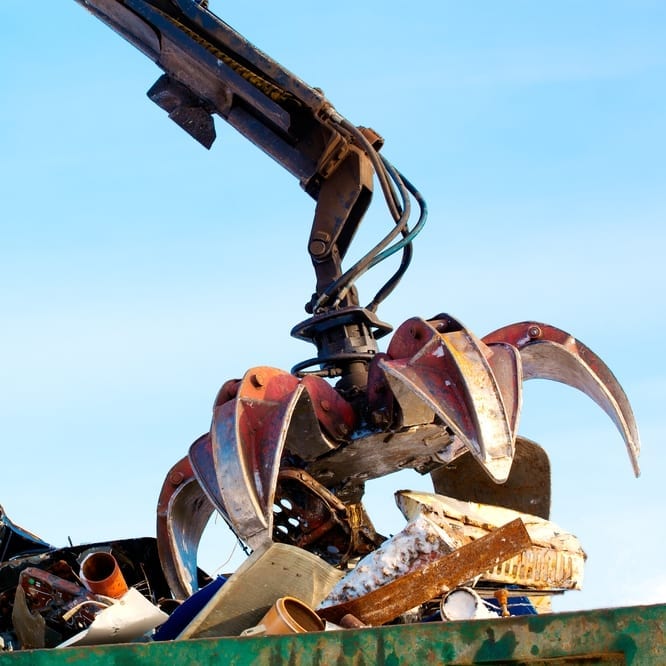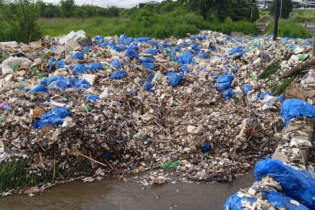Industrial wastes also add to the complex chemical content of landfill leachates – making combustion even more likely.
America’s answers So far, higher volumes of industrial wastes going into American landfills have resulted in a wetter end result. For example, in western Pennsylvania, eastern Ohio, Texas and North Dakota, the acceptance of waste from processes like drilling during the shale gas boom has resulted in an influx of challenging materials like drilling fluids and industrial sludges. Answers to the challenges posed by these changes have included pre-treatment as well as research into solidification agents and what might be needed to cut the leachate to create greater sloped stability. Chiado is quoted as saying that the big issue resulting from these trends is the “residuals from coal combustion such as fly ash and bottom ash, as well as flue-gas desulfurisation sludge generated during the treatment process.” Food waste issues Food waste remains the highest fraction in American and South African landfills. This not only creates greater bulk in tonnages, but also adds to instability because of its nitrogenous and contains other propellant and explosive compounds. South Africa and America manage this fraction in similar ways, engaging with agreements with local wastewater treatment works in order to reduce this fraction and the volatility it introduces. Biogas flaring and recovery facilities are also used for these purposes. More composting facilities on or near landfilling sites could have a significant positive impact on managing this fraction. General recommendations when introducing such facilities are to avoid removing this fraction where biogas recovery has been implemented.
By Frances Ringwood
Landfill waste streams do not look the same today as they did 20 or even 10 years ago. These changes have been particularly pronounced in European countries where the drive towards ‘zero waste to landfill’ have infiltrated society to the extent that products are designed with their end-of-life in mind. Moreover, recycling is practiced in virtually every home in countries like Germany and the Netherlands, further driving change.
Across the Atlantic in North America, trends affecting the ‘evolving tonne’ (or ‘ton’ for non-metric users – the distinction in mass is not important for this article) are much more similar to what’s happening in the South African market. In some cases our American counterparts’ efforts presage what lies in store for local landfill operators.
Less Municipal Solid Waste
Greater awareness about recycling as well as harsh economic conditions have resulted in drastically lowered the amounts of Municipal Solid Waste (MSW) in America’s landfills.
In an article published on the Waste 360˚ website, Eric Chiado, vice president of Civil Environmental Consultants (CEC), is quoted as saying:
“At 5% of the landfills’ contents, industrial waste is not a big deal, but at the current 20 to 25% it does have an impact. We are seeing that we need to think more about how it’s affecting gas production, leachate and the stability of landfills.”
More construction and demolition waste
Construction and demolition (C&D) waste too has an effect on the stability of landfills. As levels of MSW began declining at the height of the recession, combined with higher awareness levels regarding the need to recycle, many landfill operators have been forced to take on more C&D waste.
The bulky nature of this particular waste stream create a greater prevalence of large air pockets within landfills, facilitating conditions where oxygen may be trapped, providing the ideal conditions for landfill fires when chemical reactions take place within these pockets.









